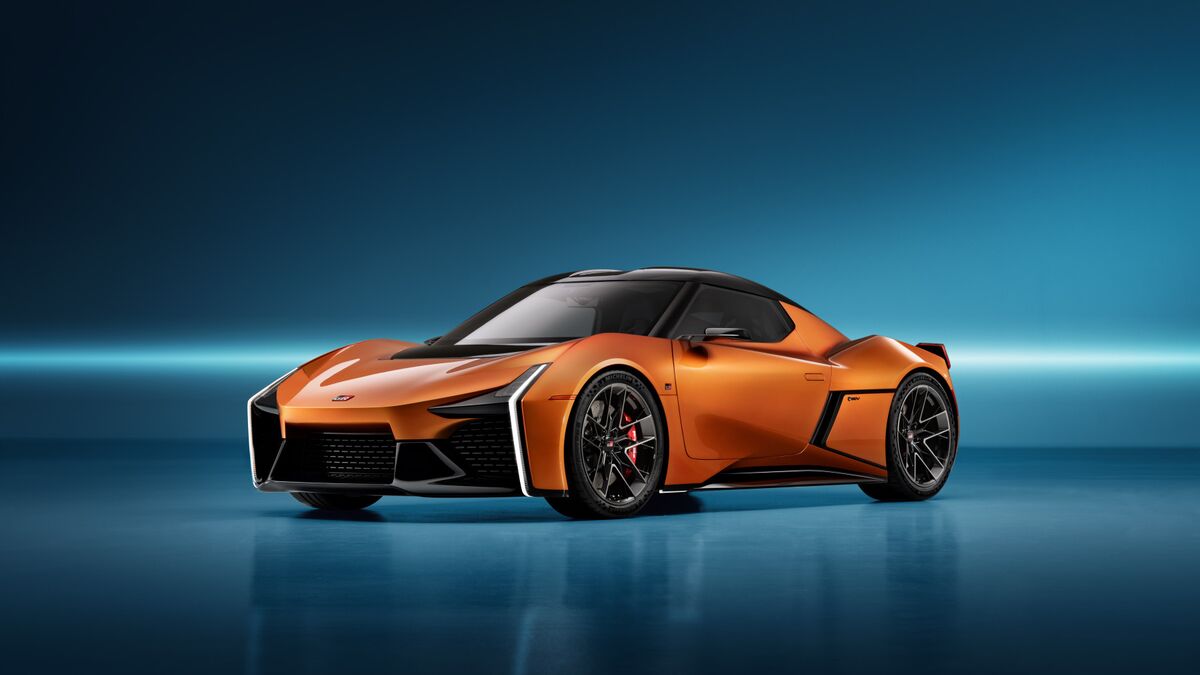Most Americans are familiar with Jeep‘s longstanding reputation as a manufacturer of trail-ready vehicles. From the legendary Civilian Jeep (CJ) of the 1950s to the modern-day Wrangler, the Jeep brand has become synonymous with off-road capacity in the United States. Overseas, auto makers such as Land Rover are recognized as the pinnacle of off-road performance. To help convince the international markets otherwise, Jeep invited journalists from around the world to Colorado for a chance to test the limits of its venerable 2012 Grand Cherokee and Wrangler models and experience the Jeep lifestyle firsthand. And though Kelley Blue Book headquarters is located in Southern California, Jeep extended the invitation to a handful of American journalists. Needless to say, we couldn’t pass on the opportunity.
Following a brief stay in Durango, Colorado, we embarked on our 50-mile journey to Silverton by way of a steam-powered locomotive. Upon our arrival, we were greeted by a long row of trail-rated Jeep vehicles from which to choose. Scrambling to evade the impending rain shower, we swiftly tossed our gear into the only Wrangler outfitted with a manual transmission. As luck would have it, the only vehicle in the lineup with a row-it-yourself gearbox was also swathed in a new radiant-green paint color, which Jeep calls "Gecko." Once the mud-slinging commenced, however, we felt "Chameleon" would have been a more appropriate name, as our Wrangler Rubicon steadily transitioned from green to brown.
Low-speed hill climbs requiring frequent use of the clutch were conquered with relative ease thanks to a surprisingly light pedal feel that delivered precise engagement coupled with minimal driver fatigue. While most civilian hill-start assist systems hold the brakes for three seconds before relinquishing their grip, the Wrangler’s hill-start control provides five seconds of hold time for more comfortable, unhurried restarts on steep grades. Jagged boulders and lofty rock shelves were no match for the Rubicon’s 11 inches of ground clearance, while the 32-inch BFGoodrich Mud Terrain tires and dual-mode 4WD system provided an almost implausible amount of traction on the mud-strewn terrain. And unlike its Toyota rival, the FJ Cruiser, outward visibility was quite good.
As our excursion through the mountainous Colorado landscape drew to a close, the fact that over 15 Jeep Grand Cherokee and Wrangler models managed to overcome 14,000-foot ascents, numerous water crossings and countless miles of unyielding terrain without a single issue spoke volumes to the durability and off-road expertise of Jeep vehicles. Although this journey merely reaffirmed the American opinion of the Jeep brand, questions regarding Jeep’s position as an international leader in all-terrain capability were undoubtedly put to rest.







